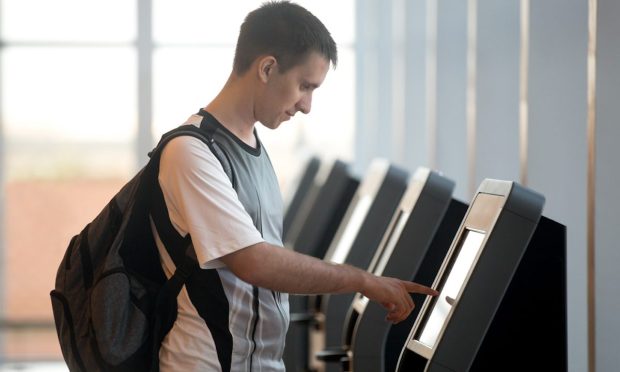Kiosks Challenge Fast-Casual Brands to Weigh Convenience vs Service

As self-service expands, fast-casual chains are considering which tradeoffs on service they’re willing to make.
In an interview with PYMNTS, Quick Chadwick, chief marketing officer of fast-casual juice and food bar chain Clean Juice, discussed the risk that self-service kiosks pose for the industry if brands are not thoughtful about how to balance that convenience with restaurants’ promise of service.
“Kiosk continues to be a growing segment that I’m seeing more and more often at fast casuals, including Clean Juice, and we have to be careful,” Chadwick said. “People are familiar with ordering on their phones, so a kiosk was a natural transition, but we have to be careful not to commoditize or transactionalize the guest experience.”
He added that, for restaurants to make good on their value proposition of hospitality, there must still be human employees present for those who are not interested in using the technology or who need additional help. This view is in contrast to that of some quick-service restaurant (QSR) chains such as KFC and Taco Bell, which have been trying out self-service-only locations in order out cut out the labor cost of customer service altogether.
These kinds of labor-saving technologies are especially appealing to restaurants right now, as rising food costs and restaurants’ efforts to absorb them force eateries to find other ways to cut down on costs.
Consumers notice these changes. Research from PYMNTS’ study “The 2022 Restaurant Digital Divide: Restaurant Customers React to Rising Costs, Declining Service” found that nearly half of restaurant customers have noticed eateries reducing hours or shuttering dining rooms, 34% have seen longer order processing times, and 27% have received lower-quality service.
Yet there are tradeoffs. Just over half of restaurant takeout customers said they feel positively about kiosks, but that still leaves a large share that would rather not engage with the technology. Data from PYMNTS’ study, The Digital Divide: Technology, the Metaverse and the Future of Dining Out, which drew from a survey of about 2,500 U.S. consumers, revealed that 51% of grab-and-go customers said ordering through a self-service kiosk would positively impact their satisfaction, while only 20% of dine-in customers said the same.
In addition to leveraging technology to boost restaurant efficiency, Chadwick noted that restaurants are racing to innovate on their data capabilities, using customer information to personalize the experience with targeted recommendations, driving sales and loyalty.
These kinds of initiatives can be key, as consumers cut back their restaurant spending in response to inflation. The same Rising Costs, Declining Service study noted that, across generations, most consumers have made changes to their restaurant spending in response to rising prices.
Eighty-eight percent of millennials and Generation Z consumers, 87% of bridge millennials and 85% of Generation X consumers reported making such changes. Plus, the most common change for diners to make in response to economic challenges is cutting back on the frequency with which they purchase from restaurants. Consequently, restaurants are challenged to work harder to secure their loyalty.
“I’m seeing … more personalized messaging, utilizing artificial intelligence,” Chadwick said. “It’s all about your centralized data platform. Everybody’s scurrying to get first-party data, whether through their app or through their loyalty program or through their own delivery mechanisms, web and online ordering. … They’re able to really get insights on their guests, and I’m seeing a lot of trends toward a personalized experience.”

